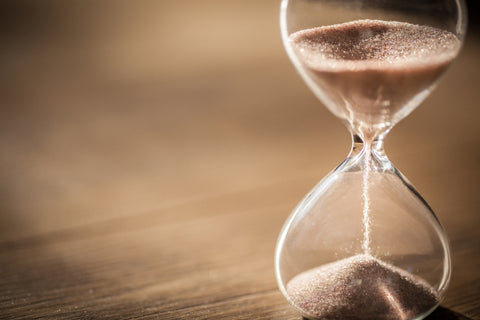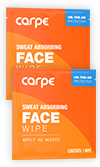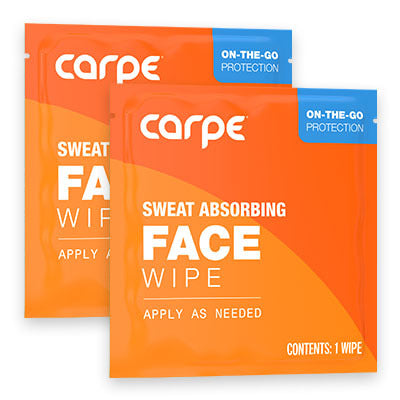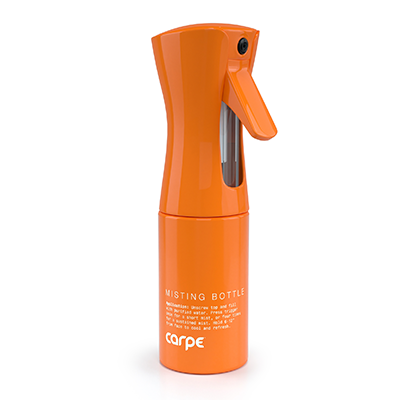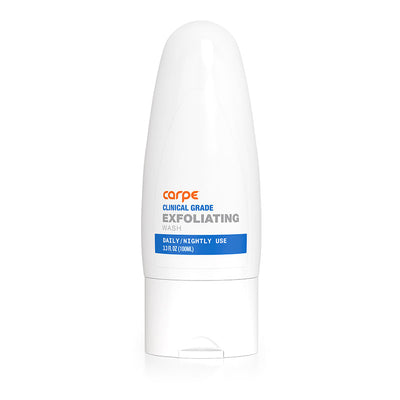Hyperhidrosis, a condition that causes excessive sweating, is currently recognized by doctors but is not a well understood disease. It is estimated that 2.8% of the US population suffers from hyperhidrosis which makes it a relatively common condition.[1] However, there are limited, and often invasive, treatment options available to those suffering from it. There is also a general lack of understanding about the etiology of the disease, and more research needs to be done in order to understand how it works so better treatments can be developed. There is currently no cure for hyperhidrosis, and further research needs to be done in order to get closer to finding one. There are two main types of hyperhidrosis, primary focal hyperhidrosis and secondary generalized hyperhidrosis. Primary focal hyperhidrosis is more common and usually starts during adolescence - it is this type that is less well understood. Secondary hyperhidrosis usually begins in adulthood and has a definitive causative factor. Most cases of secondary hyperhidrosis are caused by medications and other instances of the secondary hyperhidrosis are caused by disease or another biological process. Most future treatments are focused on alleviating the effects of primary focal hyperhidrosis, as secondary hyperhidrosis can usually be resolved by find out its cause. Research is going on to explore both medicinal treatments and devices that may be able to reduce sweat production.
Topical Anticholinergics
Currently, anticholinergics are available as an oral medication to treat hyperhidrosis. The problem with oral medication is that they affect the body systemically and often create unwanted side effects. Researchers are now trying to tell if anticholinergics can be applied topically to treat sweating at its source. Anticholinergics block the production of sweat so the idea is that applying it topically will do the same without the unpleasant side effects caused by an oral dose. A few small studies have been done but larger studies are needed in order to draw any conclusive evidence. Many of the topical anticholinergic formulations that have been studied use either glycopyrrolate or oxybutynin, two types of anticholinergics commonly used for hyperhidrosis. One small study using 1% glycopyrrolate cream (a type of anticholinergic) found that only 9 out of 35 patients had a 50% reduction in symptoms which does not sound promising. However, it has been suggested that a higher dose of the cream, like 2%, may be needed to see improvements. The participants also had very few adverse reactions which is a positive sign. Other studies have found more promising results using a 2% glycopyrrolate pad, one of which found that there was a mean of 61.8% reduction of sweating symptoms in the participants. Another anticholinergic called oxybutynin is also being studied in a topical form with limited but positive results.[1] There need to be larger, double-blind studies in the future but this may be a promising emerging therapy. Recently, a new product called Qbrexza, made by a company called Dermira, was relased. It is a wipe medicated with an anticholinergic. Qbrexza is marketing as being safe for children over the age of 9, so it is one of the few medical treatments available to children with hyperhidrosis.
Botox of the Future
Botox injections to treat palmar and plantar hyperhidrosis, as well as for axillary hyperhidrosis, have been effective treatments for those suffering with primary focal hyperhidrosis. Currently, a type of botox called onabotulinum toxin-A is FDA approved for the treatment of axillary hyperhidrosis. Unfortunately, the injections can be painful and invasive for the patients receiving them. It has been difficult to administer botulinum toxin directly onto the skin, in cream form, in the past because botulinum toxin is made up of fairly large molecules that have trouble crossing the skin barrier. As an improvement, a company called Revance Therapeutics Incorporated, has developed a transport peptide that allows the botox toxin to permeate skin without the need for an injection. This peptide is mixed with botulinum toxin and Cetaphil and applied to a person’s skin to create a botox cream that can potentially reduce sweating. So far, there has only been one small study done but it found that there was a 40% quantitative reduction in sweat which is a significant, positive finding.[1] Larger studies need to be conducted before the effectiveness of this treatment can be established but it is an encouraging future treatment option.
Devices that Reduce Sweating
Some devices can treat hyperhidrosis by heating up the skin and destroying sweat glands, thus reducing sweat production. One device that uses microwave technology is already FDA approved for the treatment of axillary hyperhidrosis, it is called MiraDry.[1] Several new devices are being developed to treat hyperhidrosis in a similar way but with different methods of heating the skin.[1]
Fractional Microneedle Radiofrequency (FMR) Treatment
Fractional microneedle radiofrequency treatment is a type of procedure that sends energy to the lower layer of the skin (reticular dermis) without causing injury to the top layer of skin (epidermis). The needles have electrode pins that form a closed circuit with the affected skin and can thus penetrate the surface. In the past FMR has been used to treat acne scars and wrinkles. In the trials that have been done (on axillary hyperhidrosis) it was found that after two months of treatments 60% of the participants had an HDSS (hyperhidrosis disease severity scale) or 1 or 2, which was a significant improvement.[1][2] More studies need to be done but this is a promising potential treatment that is less invasive and more convenient than the current localized permanent procedures for axillary hyperhidrosis available to patients.
Lasers
There has been some limited research on the use of lasers to treat specific problem areas on hyperhidrosis patients. Like the other devices, lasers heat the skin to damage eccrine glands so they produce less sweat. Trials using a long-pulsed 800 nm diode laser failed to identify a significant improvement. Another type of laser, called 1064-nm Nd-YAG, has shown promise for hyperhidrosis patients. It has specifically been tested on the axillary region. In one study 70.6% of patients in showed improvement on their patient’s global assessment while doctors reported that 80.6% of patients showed improvement according to the physician's global assessment. There have been a few studies showing that this type of laser show great potential in the future. Once more research is done this may be extremely beneficial to those suffering with underarm hyperhidrosis symptoms.[1]
Ultrasound For Hyperhidrosis
Ultrasound, which works by focusing ultrasonic energy at the end of a probe, is being studied to treat hyperhidrosis. Unlike the type of ultrasound used during a pregnancy, these are more invasive and used underneath the skin while patients are anesthetized.[1] The VASER ultrasound has been briefly studied in the treatment of axillary hyperhidrosis. It was found that it improved symptoms in patients for up to 6 months although longer-term results have not been obtained yet.[3] Another type of ultrasound, called intense focused ultrasound (IFUS) has been used proposed to treat hyperhidrosis but no studies have yet been published on the topic.[1] As more studies are done and more research is collected it will become more apparent whether ultrasound is a viable treatment option, but so far the results are encouraging.
Future Research
More research about hyperhidrosis is needed in order to develop more effective therapies and treat this uncomfortable condition. Specifically, it is important for researchers to figure out where the sweat glands are located and to better understand the physiology of hyperhidrosis as it is not currently well understood. There is currently no cure for hyperhidrosis, but with enough research and understanding one might be developed in the future. It is also imperative that more research is done to understand the pharmacology (how drugs impact) of hyperhidrosis and to develop new medications with less side effects that can treat the disorder.[1] Hyperhidrosis is hereditary, at least in part, so understanding how the genetics of the condition work may also lead to future developments.
Currently, many of the surgical treatments for primary focal hyperhidrosis are invasive or painful, but that will likely not be the case in the future. As more research is done it will become easier to manage hyperhidrosis with a doctor and there are several promising treatments in the works. Hyperhidrosis is getting more and more attention and as information spreads and technology is created the world will be a better place for those suffering from this debilitating condition.
Sources
- Pariser, D. M. (2014). Hyperhidrosis (4th ed., Vol. 32). Amsterdam: Elsevier Pub. Co., 2014. Retrieved
- Kim, M., Yong, J. S., Jungsoo, L., Young, J. K., & Sang, H. O. (2013). Efficacy of Fractional Microneedle Radiofrequency Device in the Treatment of Primary
- Axillary Hyperhidrosis: A Pilot Study. Dermatology, (227), 243-249. doi:10.1159/000354602
- Commons, G. W., & Lim, A. F. (2009). Treatment of Axillary Hyperhidrosis/Bromidrosis Using VASER Ultrasound. Aesthetic Plastic Surgery, 33, 312-323. doi:10.1007/s00266-008-9283-y




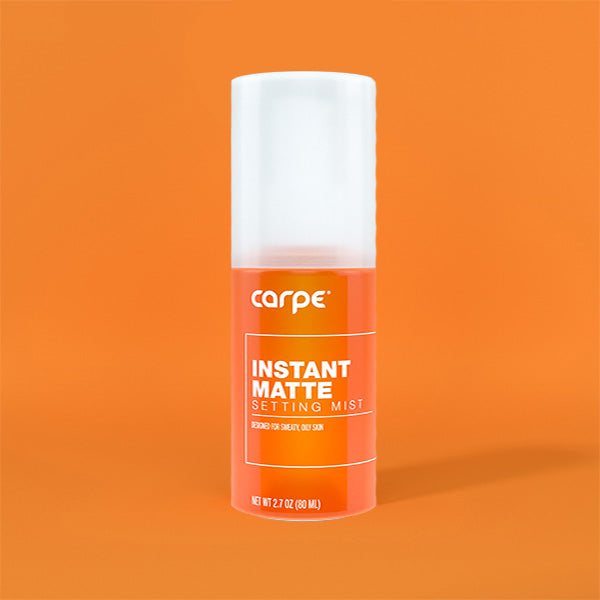

16790753702383.jpg?v=1679075372)

16790746985853.jpg?v=1679074700)


16790757289763.jpg?v=1679075731)



